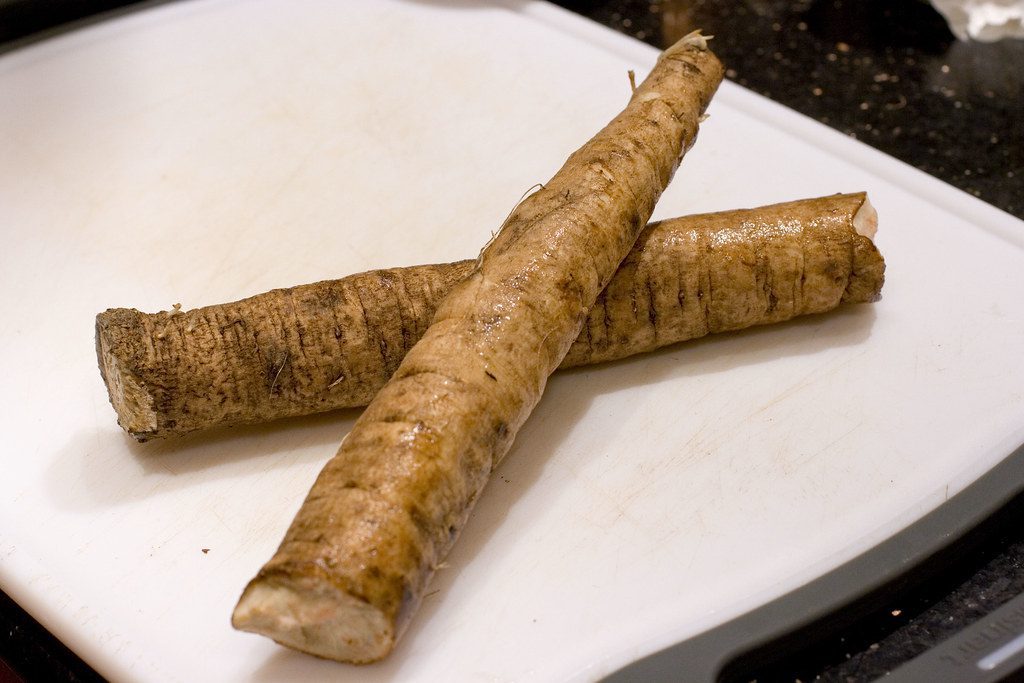
Firstly, introducing Auscrops, a wonderful market vending company bridging farmers and customers together through market vendors. Click here to find out more about burdock root as well fruit and vegetable offers.
Burdock Root – All to Know
Burdock root may not be a vegetable you’re overly familiar with, but it is incredibly versatile and packed full of nutrients, making it an excellent addition to any diet. From its history, uses and nutritional benefits, let’s take a look at some of the facts about this underrated root.
History & Uses of Burdock Root
Used for centuries as both food and medicine. Traditionally used in traditional Chinese medicine to treat skin conditions such as psoriasis and eczema, as well as ailments like indigestion and rheumatism. Also used in herbal teas for colds and flus and applied topically for bruises and sores.
Nutritional Benefits
Burdock root is high in plant-based nutrition including vitamins A, C and K, calcium, iron, magnesium, phosphorus, potassium and zinc. It also contains essential fatty acids like linoleic acid which helps support healthy skin by reducing inflammation. Additionally, burdock root is rich in dietary fiber which helps keep your digestive system functioning properly. Finally, it contains polyphenols that are powerful antioxidants that help protect cells from oxidative damage caused by free radicals.
How To Use
There are many ways to incorporate burdock root into your diet! The most popular way is to use the fresh or dried roots in soups or stews; they can also be boiled or steamed much like potatoes or carrots. The leaves also eaten raw in salads or stir-fried with other vegetables for a nutritious side dish. Finally, you can make a tea out of the roots by boiling them in water for 10 minutes before straining off the liquid; this tea can then be enjoyed hot or cold depending on your preferences!
Conclusion:
An incredibly versatile vegetable that packs a punch when it comes to nutritional content! Not only have numerous health benefits due to various vitamins and minerals but also used in many different ways from teas to soups to salads.
Click here to read similar articles.
 Français
Français 











